pv magazine Australia: In September last year, the solar industry in South Australia faced a significant challenge, when the government introduced new regulations for distributed solar – looking to maintain system strength. Among the Finer network, how big a disruption did it cause?

Photo: Fimer
Warren Merritt (WM): The new requirements to meet the South Australian regulations didn’t pose a major disruption to us. Our inverters met the LVRT [Low Voltage Ride Through] requirement and can be remotely disconnected or reconnected when required.
Jason Venning (JV): The most challenging part for us, was to form relationships with relevant agents quickly to ensure we were able to continue operating in the SA market.
What do you think you learned from the situation?
JV: The rushed implementation of these new regulations could have caused significant problems for the industry. With the short timeframes provided, Fimer was fortunate that we did not need to make any changes to our products, so we were able to submit our certifications and be approved relatively quickly.
In future, a national approach to the introduction of new regulations would be preferable as managing different regulations across states will increase the cost of compliance.
There are already inverter capacity limitations in parts of the NEM. Do you see export limitations becoming more common?
WM: Of course, with the increase of DER [Distributed Energy Resources] on the network, it has to be managed to maintain grid stability. It’s my feeling we’ll see not only see export limitations become more common but also see the need for flexible exports and an increase in customers moving towards increasing their solar self-consumption – with battery storage a pretty obvious option.
The ability to remotely control distributed PV systems and for them to communicate with network operators appears to be increasingly important. How is Fimer addressing this with its current inverter range?
WM: Fimer has several tools to achieve this, including hardwired functions and Internet and cloud-based options. We are also working with several partners on other remote control solutions. It all involves working with our production team in Italy to incorporate more functionality in future inverter models and this is exactly what we’re doing.
The new Fimer inverter range, the PVS-10/33 TL, is said to have an “innovative control algorithm”. Can you explain to me how that works?
WM: The communications capabilities of the PVS-10/33 string inverters mean that they can share data directly without the need for any external controllers, allowing higher energy yields and increased self-consumption in compliance with any limits set for exported power, at either low or medium voltage connection points.
And this involves integrated communications, right? Not third party…
WM: Yeah, that’s it. The new PVS inverter range has all the communications you would expect from a modern smart solar inverter. The range has built-in Wi-Fi, capability for Mobus RTU RS485 ports and Modbus TCP ethernet ports, enabling remote monitoring, remote control and connection of metering devices.
What is the advantage of having these integrated rather than utilise third-party devices?
WM: The advantage of having these communication devices built-in makes for a more simplified, reliable and cost-effective installation and only having to use one manufacturer opposed to many.
There’s also software aiming at boosting power output I understand. What can you tell me about that?
JV: Fimer inverters incorporate our PowerGain algorithm, ensuring that the inverter always achieves the maximum power point even when there is intermittent shading. Our technology reduces the need for expensive accessories such as panel optimisers. Others promote this feature as something new, but we’ve had this incorporated into all our products for many years.

Photo: Fimer
Let’s talk a bit more about the market. Beyond residential rooftops, larger C&I arrays appears to be building momentum. What is Fimer seeing in terms of demand from this segment?
JV: We are seeing a more significant trend in small business installing solar to reduce costs for their business, and are generally installing in the 20-30 kW range for system size. FIMER has a strong background in supporting the C&I space and which is why we have introduced the new PVS-10/33-TL range to provide a more flexible solution.
I’ve read that one of the advantages of the new range is the current monitoring. Why is this important?
WM: Built-in string current monitoring with FIMER’s free Aurora Vision monitoring gives the customer remote visualisation of their whole system. By monitoring string current allows the PV owner to detect issues and where they are in the array to keep the system operating at peak performance. Without this technology, PV owners may see a drop in a performance at some stage but not know where or how or long the issue has been going on, costing more money in lost production and cost of repair.
Bifacial modules have become more widely accepted by the market. Are the gains claimed by manufacturers living up the hype?
WM: Bifacial modules are certainly becoming more popular, with bifacial module manufacturers claiming up to 25% more production but in reality, we are seeing production gains of between 10-15% depending on the material used under the array.
And what challenges are there on a power electronics level?
WM: Because of higher string currents, not all inverters can support bifacial modules. Our new PVS-20/30/33-TL range can support bifacial; however, this functionality will be available later in the year for the Australian and New Zealand market.
With ever increasing penetration rates of rooftop solar right around Australia, how significant a threat to the distributed market segment do you believe grid constraints and network operator concerns will be going forward?
JV: As long as all states and territories can develop a harmonised set of regulations regarding the management of rooftop PV generation, there should be no constraints to developing the DER market segment. Increased support for the installation of residential or community battery storage will further contribute to realising the full potential of DER.
What role do you think battery storage will play in addressing this challenge in 2021 and going forward?
JV: I believe battery storage has a significant role to play. Governments should be encouraging the uptake of residential battery systems to help manage grid stability and accelerate the transition away from fossil fuel generation.
This content is protected by copyright and may not be reused. If you want to cooperate with us and would like to reuse some of our content, please contact: editors@pv-magazine.com.
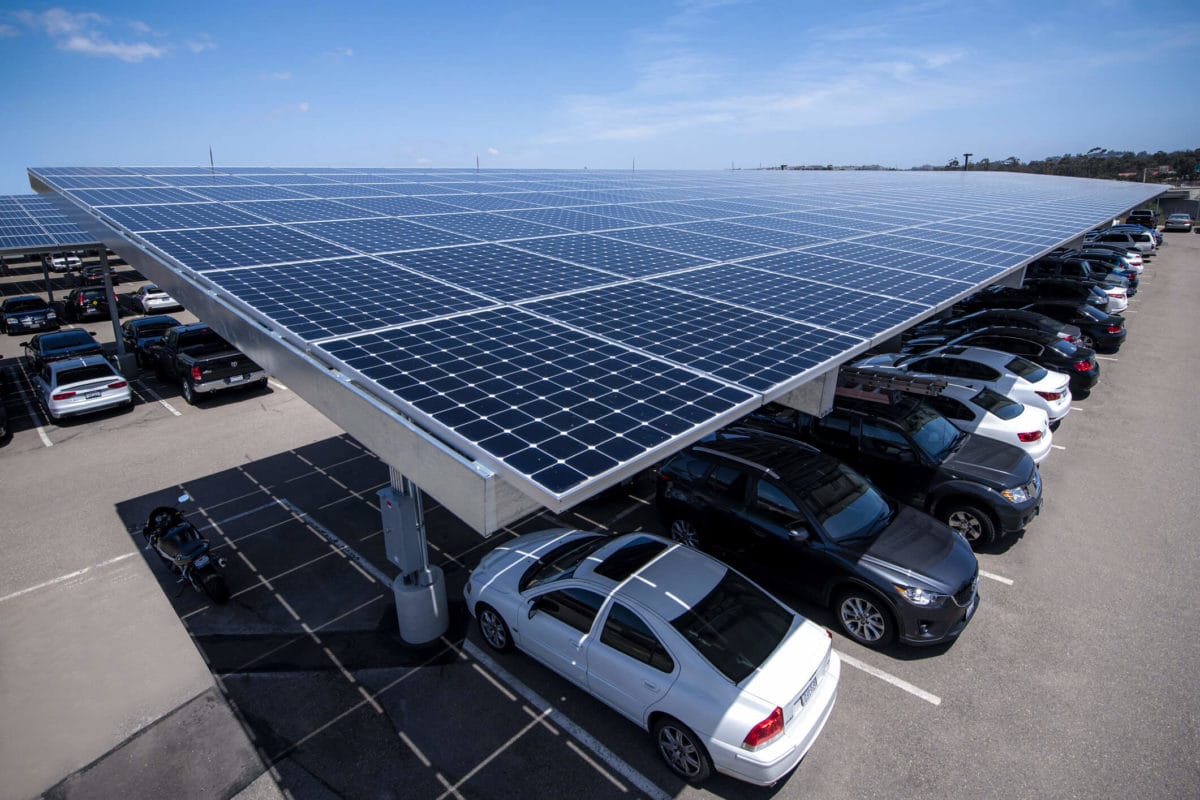



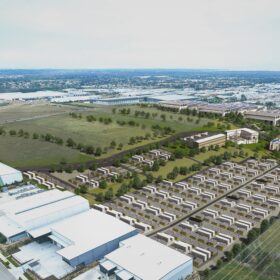
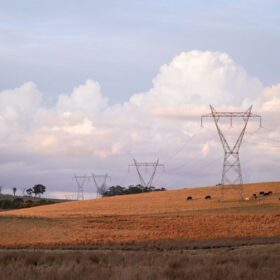
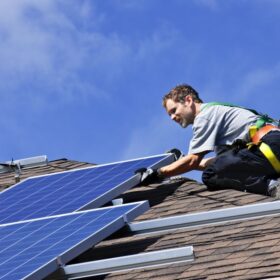
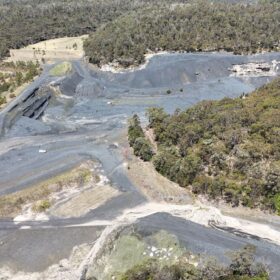
1 comment
By submitting this form you agree to pv magazine using your data for the purposes of publishing your comment.
Your personal data will only be disclosed or otherwise transmitted to third parties for the purposes of spam filtering or if this is necessary for technical maintenance of the website. Any other transfer to third parties will not take place unless this is justified on the basis of applicable data protection regulations or if pv magazine is legally obliged to do so.
You may revoke this consent at any time with effect for the future, in which case your personal data will be deleted immediately. Otherwise, your data will be deleted if pv magazine has processed your request or the purpose of data storage is fulfilled.
Further information on data privacy can be found in our Data Protection Policy.